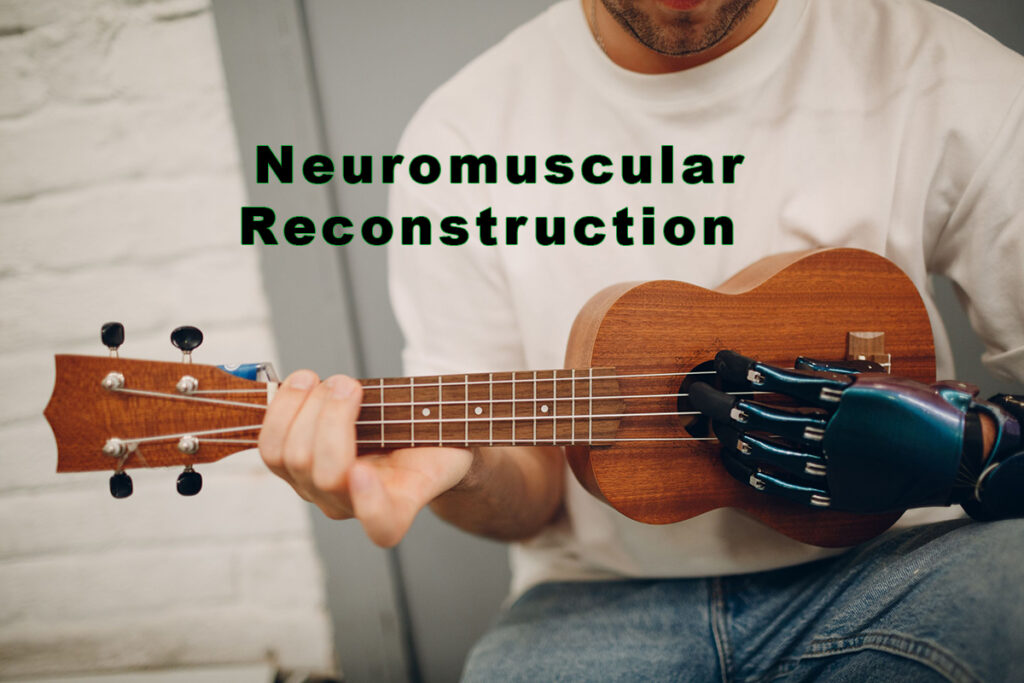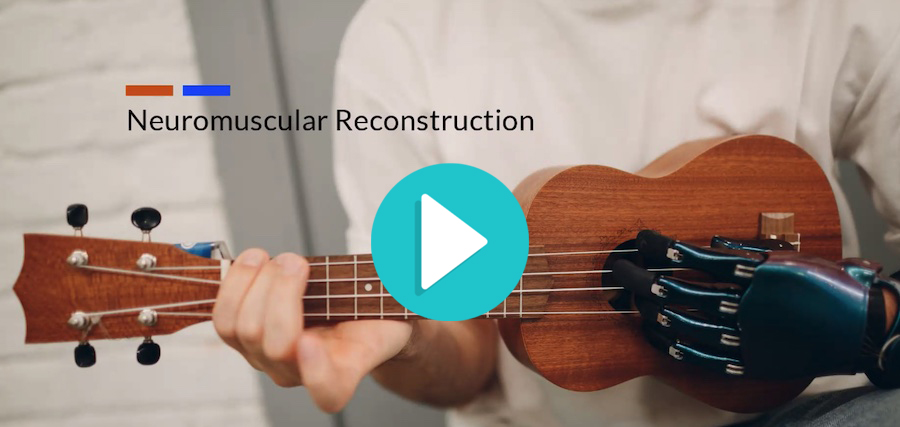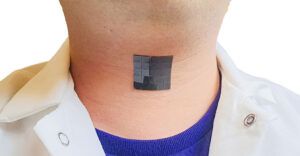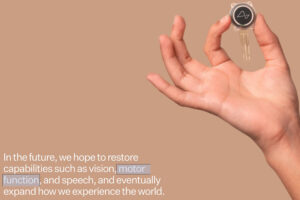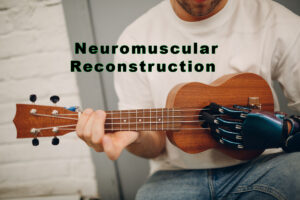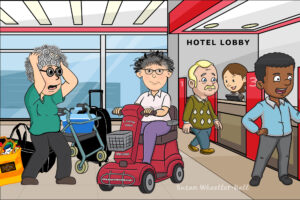Neuromuscular Reconstruction
Imagine a world where amputees can effortlessly control their prosthetic limbs, with the dexterity and finesse that rivals the movements of their natural hand. A world where typing, picking up small objects, and performing various tasks become second nature once again. Thanks to the groundbreaking advancements in neuromuscular reconstruction, this vision is no longer a distant dream, but a remarkable reality.
Recently, a team of dedicated researchers, led by the brilliant Professor Max Ortiz Catalan in Sweden, embarked on a transformative journey to redefine the field of prosthetics. Their mission? To create a bionic hand that allows users with arm amputations to regain control and experience a level of functionality they never thought possible.
In the realm of prosthetic limbs, the primary challenge lies in achieving intuitive control and a natural range of motion. Traditional approaches rely on myoelectric signals generated by remnant muscles in the residual limb, but for individuals with higher-level amputations, such as above-elbow amputations, these signals are limited, making it difficult to achieve seamless control of the prosthetic hand.
Rewiring Nerves
This is where neuromuscular reconstruction emerges as a game-changer. By rewiring the nerves in the residual limb, surgeons enable users to control different muscles, empowering them to execute complex movements with their bionic hand. Flexing and extending all five fingers to pick up small objects or effortlessly typing on a keyboard are no longer distant aspirations but everyday realities.
However, the innovation doesn’t stop there. The researchers also sought to address the discomfort and mechanical instability associated with traditional prosthetic limb attachments. The new bionic hand introduces a remarkable titanium bone attachment, providing a stable and comfortable connection to the body.
Empowering Lives
Imagine the profound impact this breakthrough can have on the lives of amputees worldwide. With close to 60 million people living with limb amputations due to traumatic causes, this innovation is a beacon of hope, illuminating the path to enhanced quality of life. It’s a true testament to the incredible power of collaboration among surgeons, engineers, and experts who have united their knowledge and expertise to make a tangible difference in the world.
To demonstrate the transformative potential of this bionic hand, the research team conducted successful tests on a patient who had lost his arm above the elbow. Astonishingly, he quickly mastered the control of the implant, effortlessly maneuvering the fingers and accomplishing a variety of tasks. The ability to regain such a high level of functionality undoubtedly opens up a world of possibilities for individuals who have faced immense challenges due to limb loss.
This breakthrough not only redefines the possibilities for prosthetic limbs but also brings a renewed sense of hope and empowerment. Each success story fuels the collective aspiration to push boundaries and innovate further, inching closer to a future where disabilities are no longer limiting factors but merely hurdles waiting to be overcome.
A Future With Endless Possibilities
As we marvel at the ingenuity and perseverance behind this remarkable achievement, let us also reflect on the immense potential for progress that lies ahead. Neuromuscular reconstruction represents a pivotal moment in the evolution of bionics, propelling us towards a future where seamless integration of technology and human capability becomes the norm. Together, we can unlock endless possibilities and transform the lives of millions, one bionic hand at a time.
The development of this revolutionary bionic hand is a testament to human resilience, scientific advancement, and the unwavering pursuit of improving lives. Through neuromuscular reconstruction and the incorporation of a comfortable titanium bone attachment, researchers have shattered limitations and paved the way for a brighter future for amputees. The era of natural, intuitive control has arrived, ushering in a new chapter in the story of prosthetics—one that promises hope, empowerment, and boundless possibilities.
Nothing short of amazing!
You might also enjoy reading this – 3d-printed-hands
Check out this demonstration video: Or click on the image below.
Sources: Euronews / Assistive Technology

